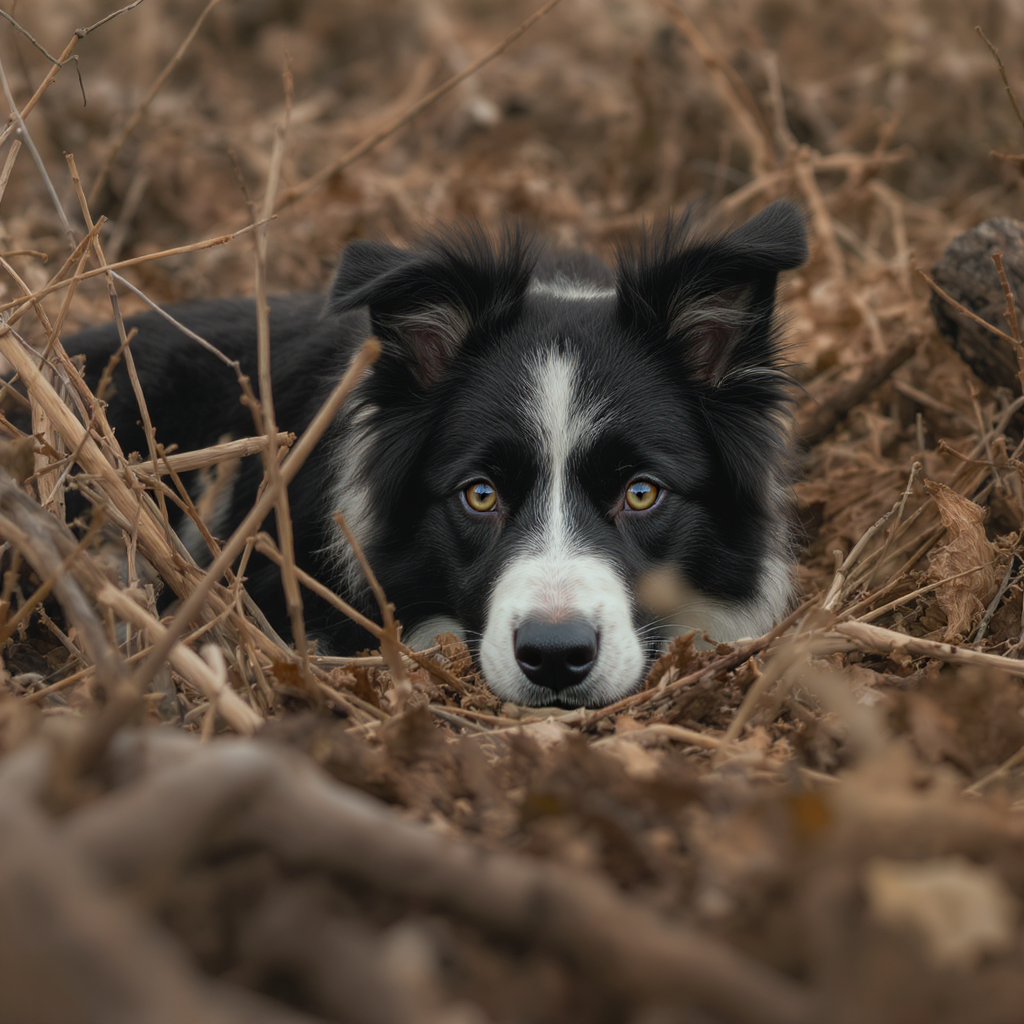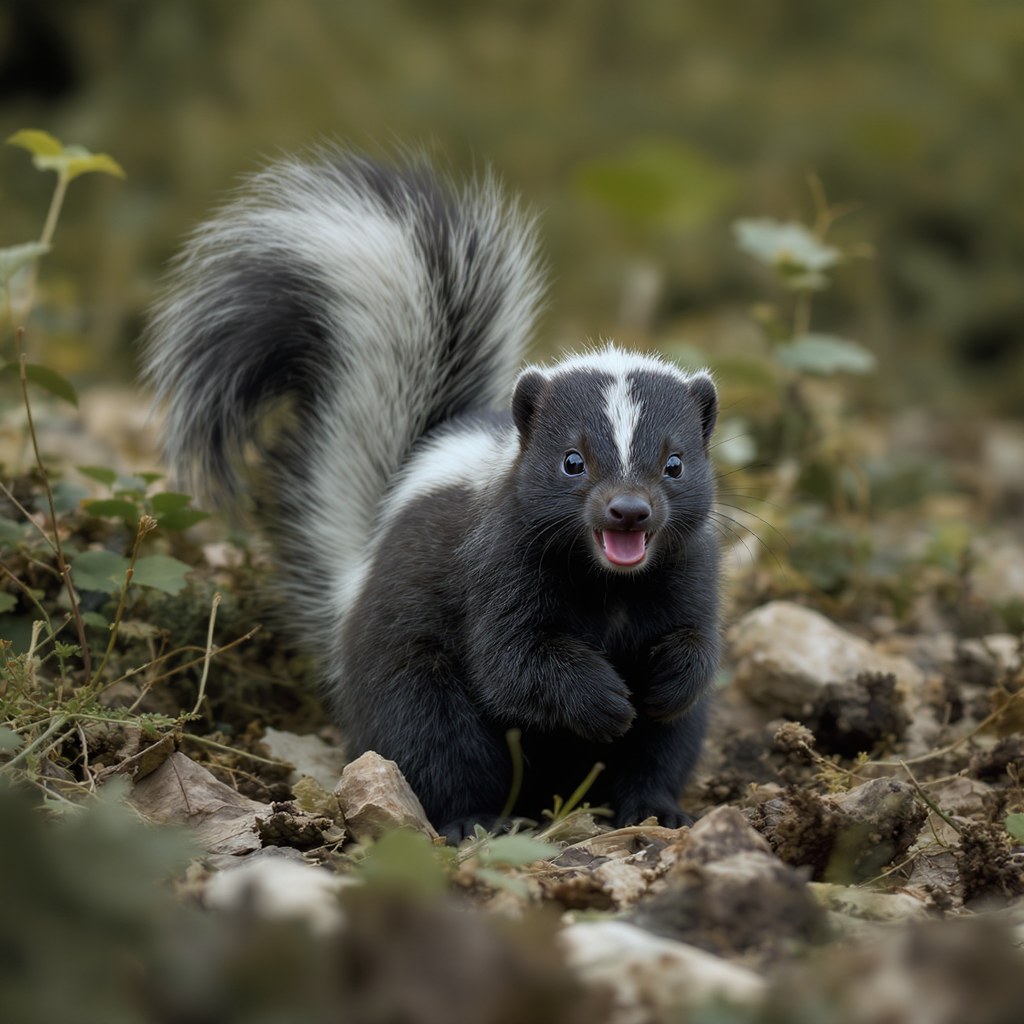
We spent two weeks evaluating a 2024 Subaru Forester Premium in sustained cold, from powder to refreeze glaze, to gauge snow traction, cabin heating, and cold-weather reliability in real-world commuting and unplowed backroads.
Our tester was a 2024 Forester Premium (2.5-liter boxer four, 182 hp/176 lb-ft, CVT) with Subaru’s Symmetrical AWD, X-Mode with Snow/Dirt and Deep Snow/Mud programs, and 8.7 inches of ground clearance. Curb weight is roughly 3,500 lb. Equipment included heated front seats, heated mirrors, windshield wiper de-icer, and dual-zone climate control on 17-inch wheels (225/60R17). We tested in northern Vermont and upstate New York across a 10-day cold snap: ambient temps from 25°F down to −12°F, with fresh snow between 3–8 inches and sections of packed snow and polished ice.
We ran back-to-back laps on OEM all-season tires and then swapped to Bridgestone Blizzak WS90 winters (same size). Loads ranged from solo driver to four occupants plus 150 lb of cargo. Performance was logged with a GPS data unit. Snow traction is a Forester strength.
On packed snow, 0–25 mph took 7.9 seconds on the all-seasons and 5.8 seconds on Blizzaks; the AWD’s smooth torque distribution minimized wheelspin without the abrupt cutouts some systems exhibit. X-Mode meaningfully improves launch and hill starts on grades above 10%, and Hill Descent Control held a steady 4–6 mph on a rutted −12% slope without drama. Lateral grip is predictable, leaning toward safe understeer; with winters, turn-in bite improves and mid-corner corrections are easy. Braking from 25 mph on packed snow measured 138 feet on all-seasons versus 97 feet on winters—worth the swap.
Heating performance is above average for the class. From a −5°F cold soak, remote start via the Starlink app had the cabin at 68–70°F in 14 minutes; driving off immediately, we saw warm air in 90 seconds and comfortably warm feet in about 4 minutes. The wiper de-icer clears frozen blades quickly, and the windshield was mostly defogged in ~3 minutes with A/C on auto. Seat heaters are strong: cushion surface hit ~102°F at max after five minutes; the heated wheel (if fitted) warms uniformly.
Rear-seat vents help, though the aft cabin lags the front by a couple minutes. Cold-weather reliability proved solid. The 2.5L engine fired on the first try after overnight soaks down to −12°F, with one slightly longer 2–3 second crank on day three. No warning lights appeared, and the CVT behaved normally after a brief initial whine that faded as fluids warmed.
Door seals didn’t freeze shut, though slush buildup in the rear wheel wells caused a mild vibration until cleared. EyeSight driver assist occasionally disabled in heavy spray or when the windshield was crusted; once cleared, it reengaged promptly. Fuel economy fell from an EPA-combined 29 mpg to an observed 23–25 mpg in mixed winter use. Overall, the Forester is winter-ready out of the box, but it’s excellent with proper snow tires.
Strengths include progressive traction control, effective X-Mode calibrations, quick cabin heat, and useful de-icing features. For heavy-snow buyers, we’d prioritize trims with all the heated elements and budget for a quality winter tire set; the difference in braking and steering confidence is night and day. Aside from the expected winter mpg drop and occasional ADAS time-outs, there are few compromises here.







































